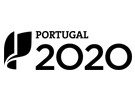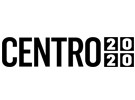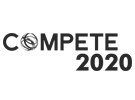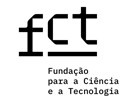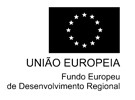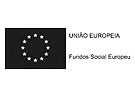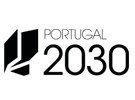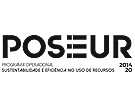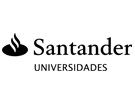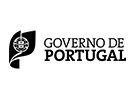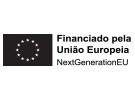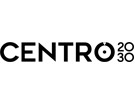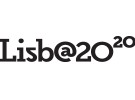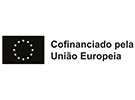



2 ECTS; 1º Ano, Anual, 6,0 T + 6,0 PL + 3,0 TP , Cód. 40441.
Lecturer
- Marco António Mourão Cartaxo (1)
(1) Docente Responsável
(2) Docente que lecciona
Prerequisites
Objectives
Consolidate and deepen trainees' theoretical knowledge, as well as its application in explaining various phenomena. Develop laboratory skills, such as experimentation, observation, and presentation of results. Encourage group work.
Program
Theoretical Component:
Chemical Elements and the Periodic Table;
Atomic Spectra and Flame Tests;
Nomenclature of inorganic compounds;
Chemical bonding, properties, and reactivity;
Quantitative aspects of chemical reactions;
Acid-Base reactions; chemical equilibrium and reaction extent;
Solutions and solubility equilibrium;
Sensors.
Practical Component:
1st Experimental Work: Preparation and Standardization of Solutions, in which concepts of preparing solutions from solid solutes, diluting solutions, and acid-base titrations will be applied (reaction monitoring using potentiometric and conductometric sensors).
2nd Experimental Work: Metals, Flame Color, and Salt Solubility, in which concepts of atomic spectra and flame tests, and solutions and solubility equilibria will be applied. Observation of spectra with a diffraction grating (flame and gas lamp test).
1st class: to be defined (Marco Cartaxo)
2nd class: to be defined (Marco Cartaxo)
3rd class: to be defined (Valentim Nunes)
4th class: to be defined (on the IPT campus; Marco Cartaxo and Valentim Nunes)
Submission of work for evaluation: to be defined.
Evaluation Methodology
Laboratory work and submission of experimental work reports (group) - 50%.
Submission of written work on a topic to be defined by the instructors (individual) - 50%.
Bibliography
- Chang, R. (2013). Química. Lisboa: McGraw-Hill
- Treichel, P. e Kotz, J. (2018). Chemistry & Chemical Reactivity. London: Thomson Books
Teaching Method
Synchronous classes, where theoretical topics will be covered (6 hours).
In-person laboratory classes, where experimental laboratory work will be carried out (6 hours).
Asynchronous classes, where students will work independently (3 hours).
Software used in class
